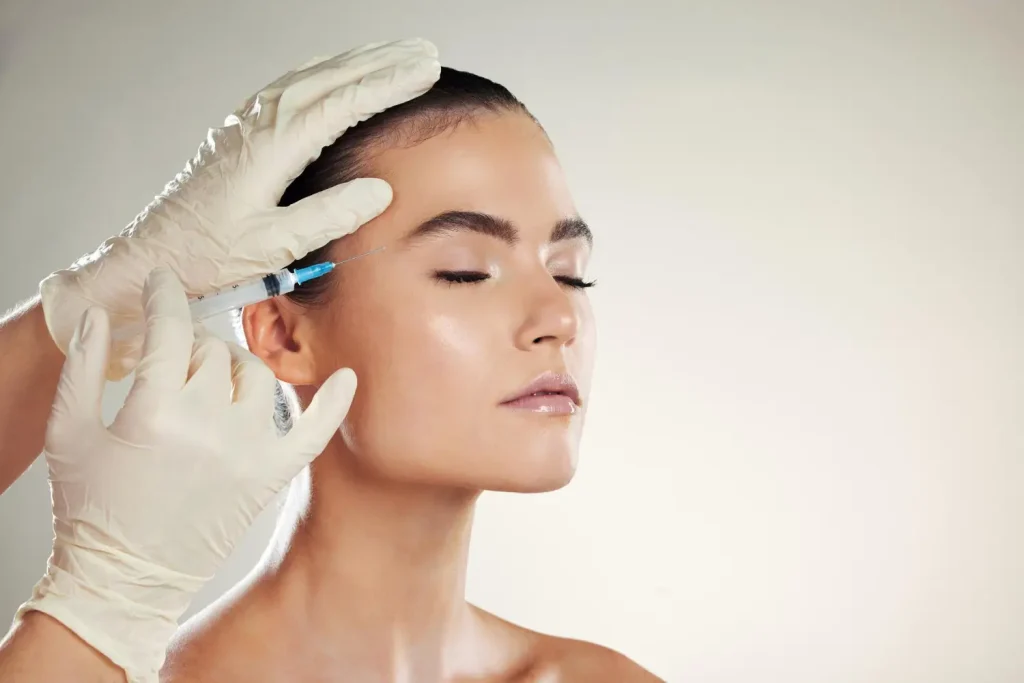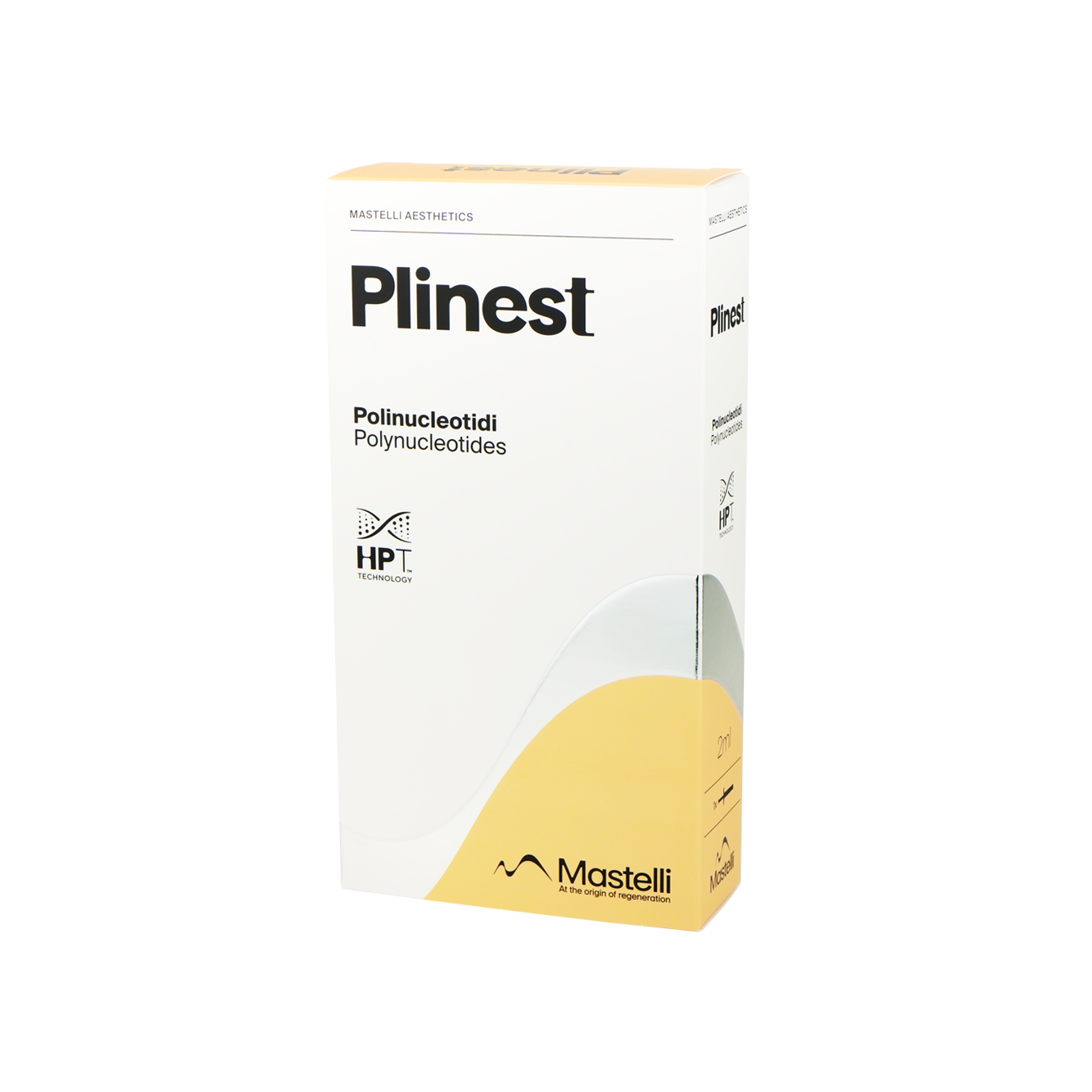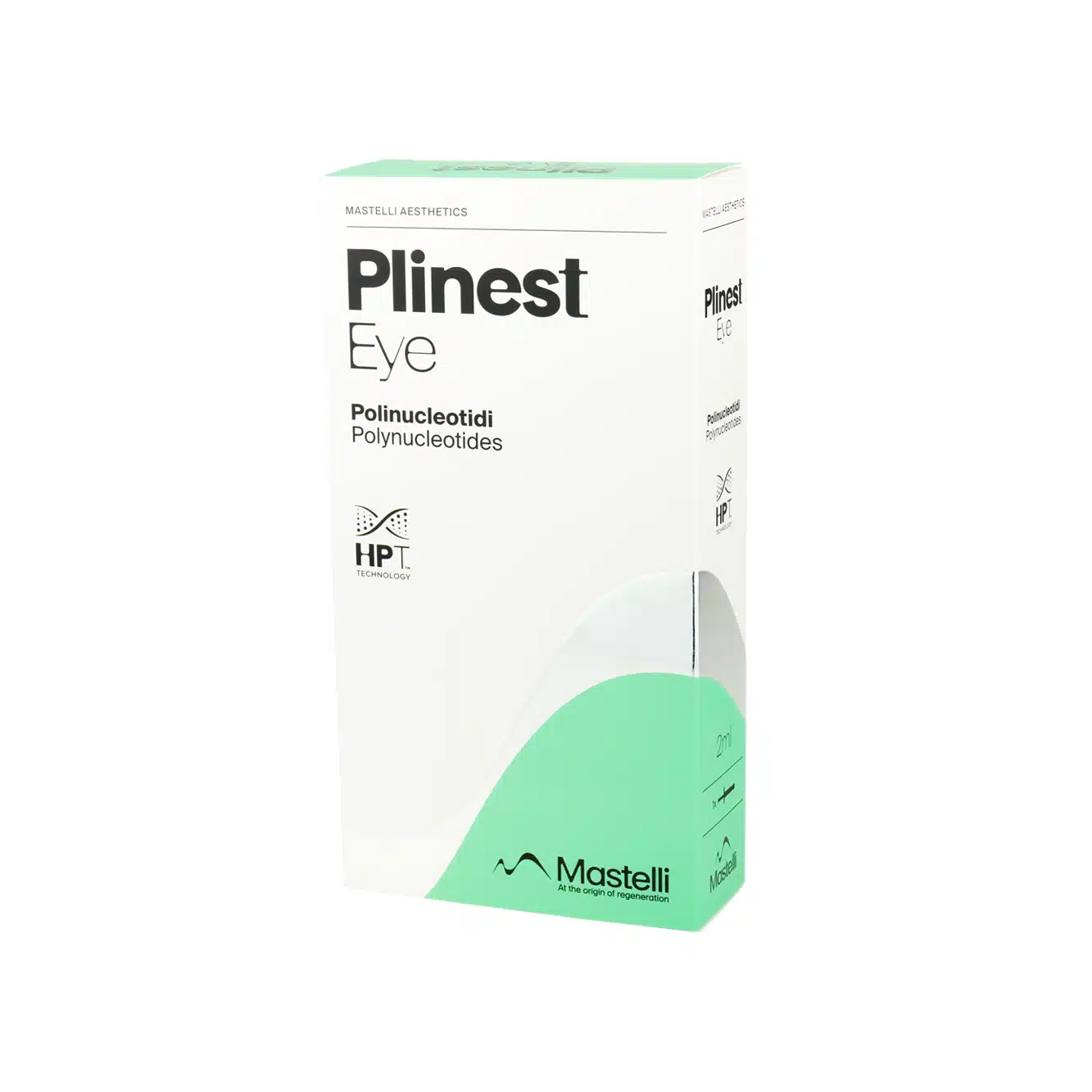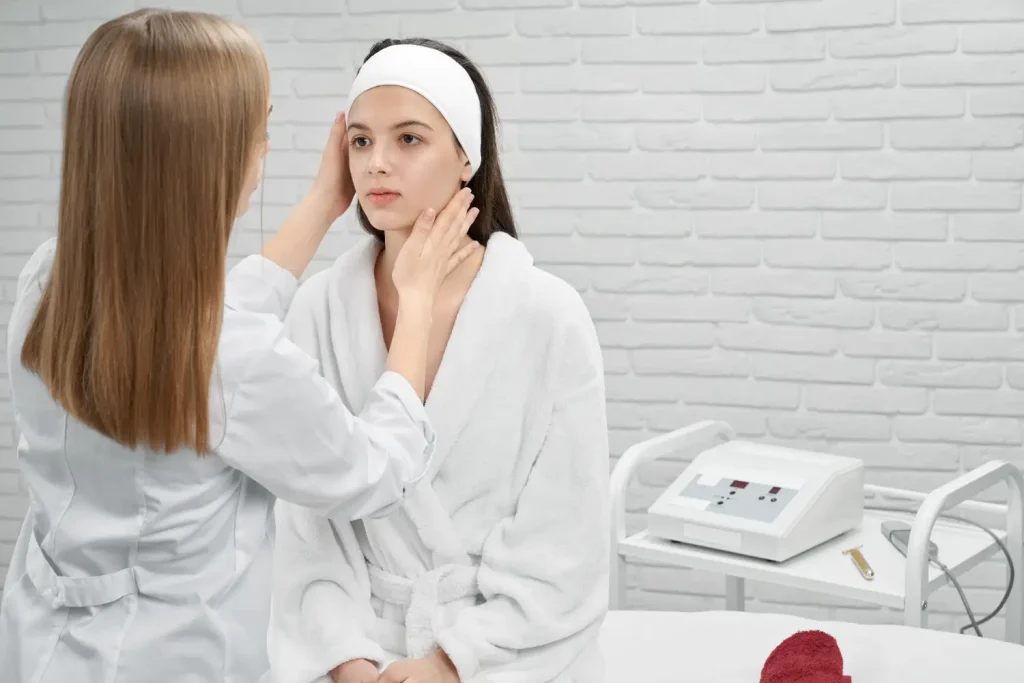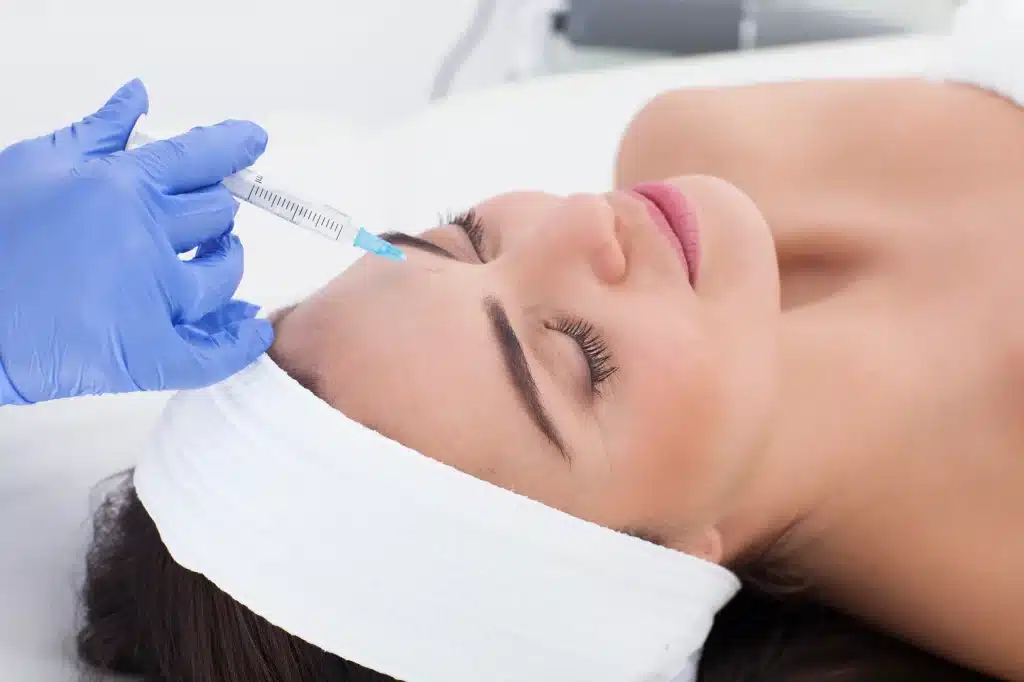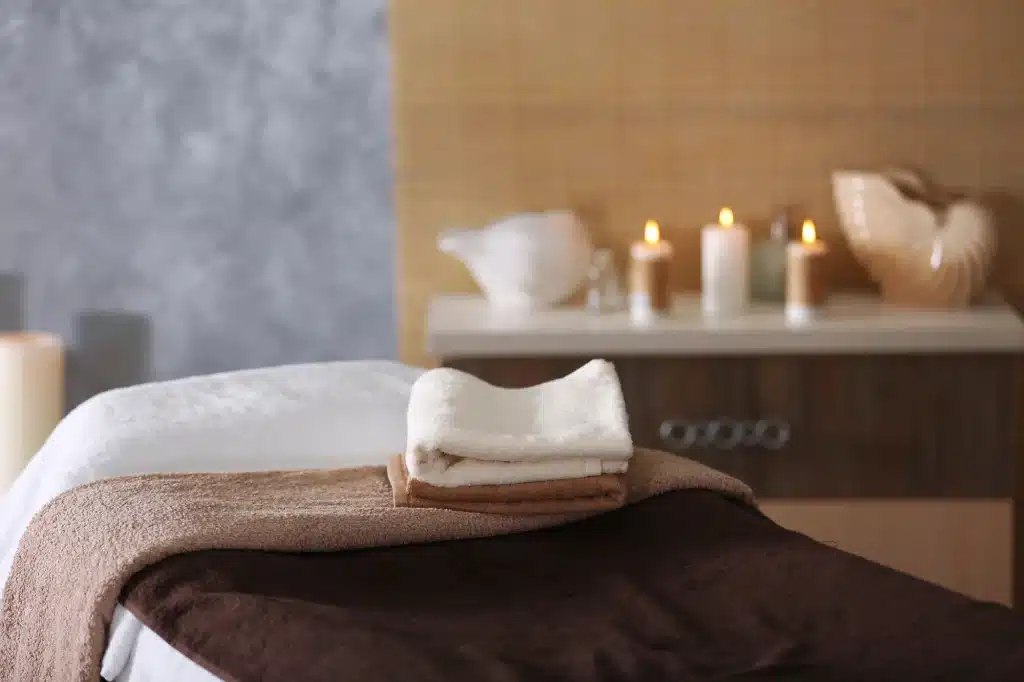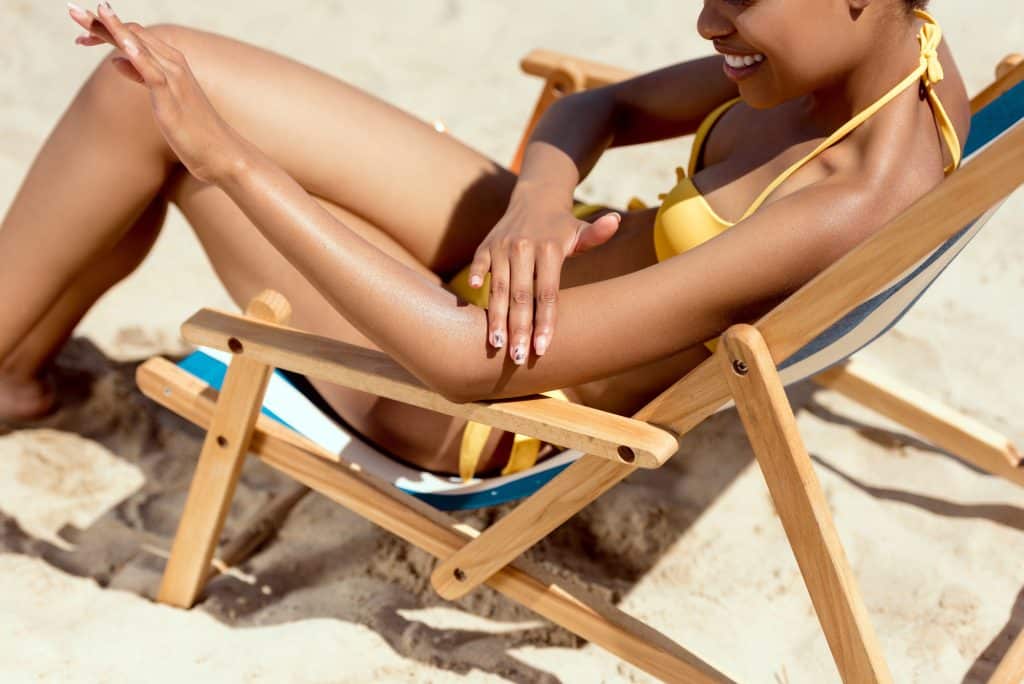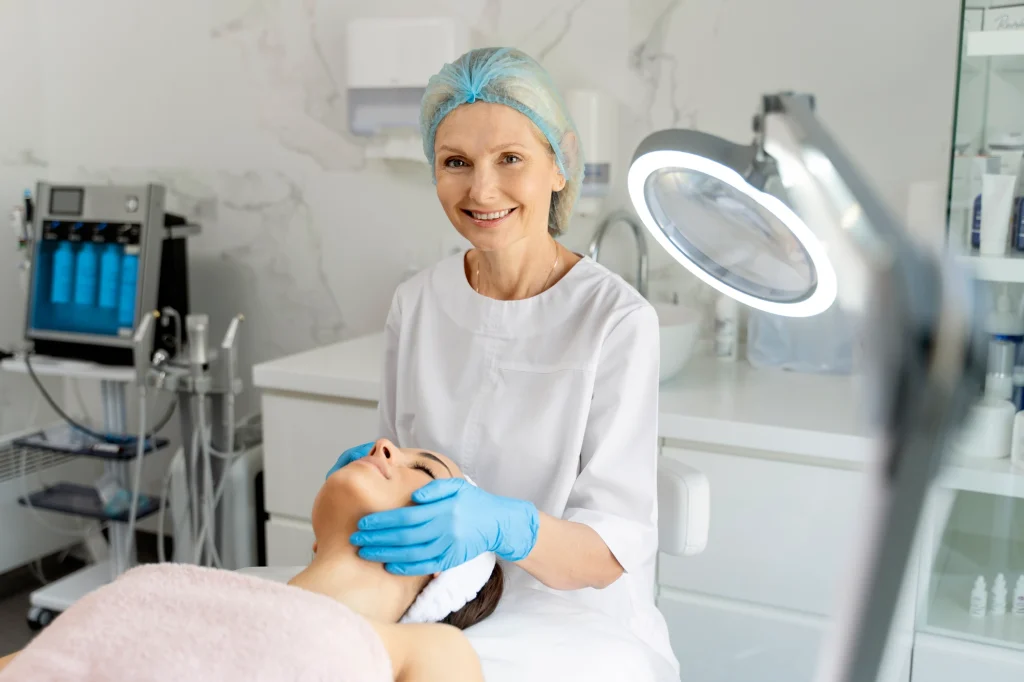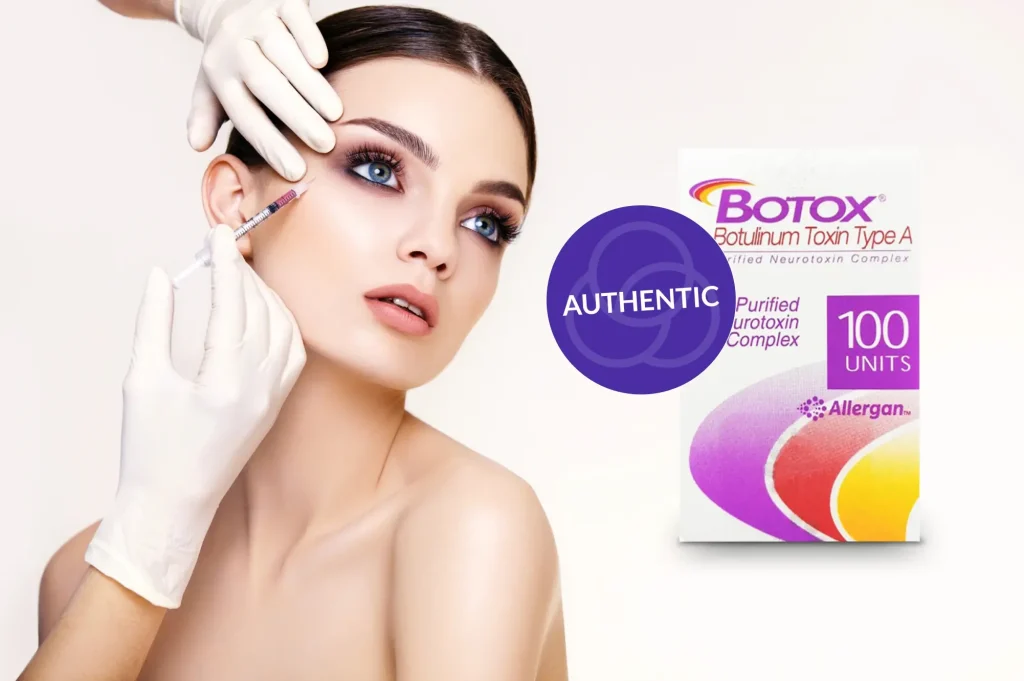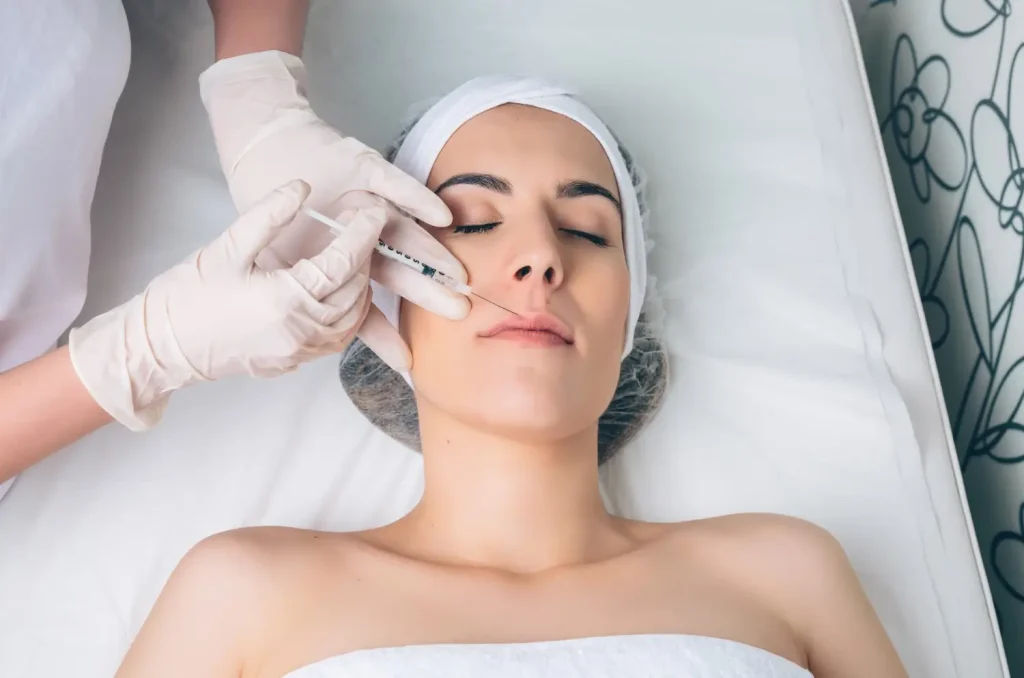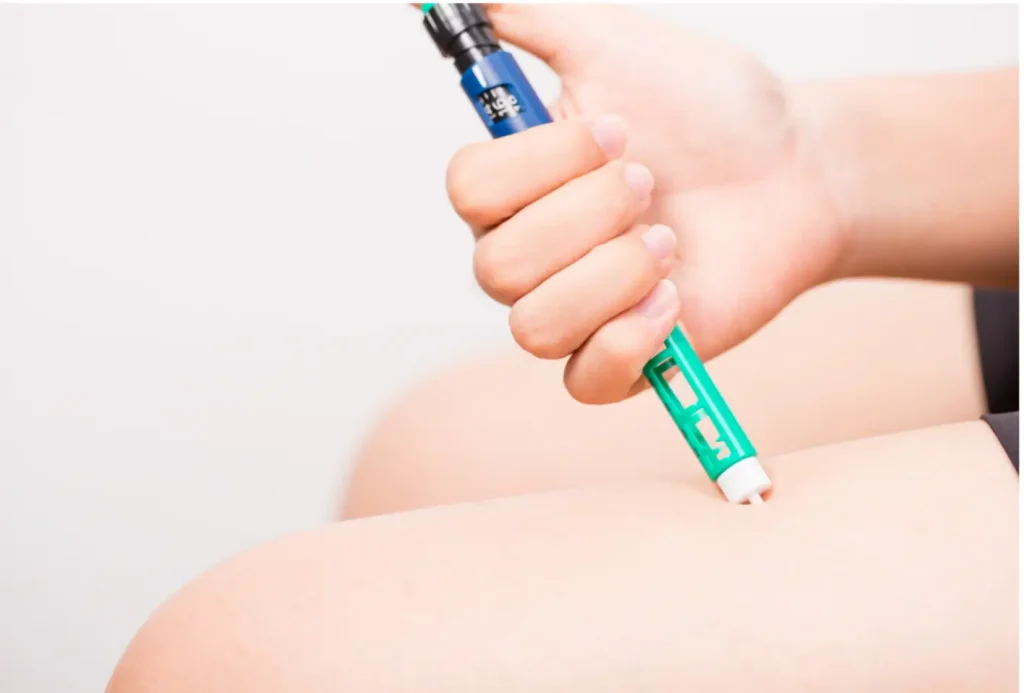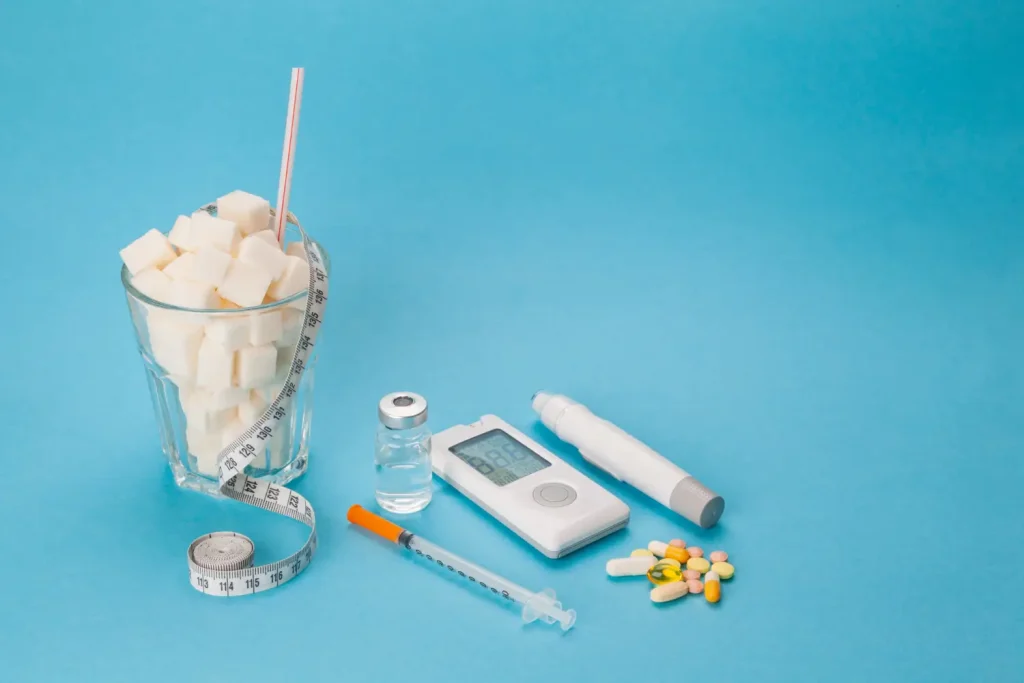Skin aging is a complex process influenced by both intrinsic and extrinsic factors. Research has shown that ultraviolet radiation (UVR) is the primary environmental contributor to extrinsic aging, leading to collagen breakdown and visible signs of aging. As the skin gradually loses elasticity and hydration, many individuals seek effective treatments to restore a more youthful appearance.
Among the available skin rejuvenation options, Plinest and Rejuran have gained recognition for their regenerative properties. These treatments utilize polynucleotides to stimulate cellular repair and improve texture, though they differ in formulation, mechanism, and application.
This article compares Plinest and Rejuran, two advanced injectables that support natural skin regeneration. We will explore their differences in composition, clinical benefits, and treatment suitability, helping you make a well-informed choice based on your skin’s unique needs.
Key Takeaways
- Plinest and Rejuran use polynucleotide-based injectables, but they differ in source, mechanism of action, and skin benefits.
- Plinest treatment uses trout-derived PN-HPT to enhance hydration, elasticity, and structural firmness by stimulating fibroblast activity and collagen production.
- Rejuran, sourced from salmon DNA (PDRN), supports cellular repair, making it ideal for sensitive, scarred, or inflamed skin.
- Treatment protocols vary: practitioners administer Plinest through multiple intradermal sessions spaced 2–3 weeks apart, while they typically deliver Rejuran via microinjections or microneedling.
- Plinest delivers faster visible results within a few weeks, lasting up to 12 months with maintenance. Rejuran has gradual effects that peak around 2–3 months and last about 6 months.
- When performed by qualified professionals, both are safe, minimally invasive options with mild, short-lived side effects.
About: Medical Spa RX provides medical practices with premium products at the best prices. If you’re looking to buy Plinest online for your practice, the sales representatives at Medical Spa RX can give you guidance.
Plinest vs Rejuran: Comparative Mechanisms of Action
Although Plinest and Rejuran both rely on polynucleotides, they stimulate regeneration through distinct mechanisms. Plinest treatment uses PN-HPT (Polynucleotide High Purification Technology) derived from trout DNA to stimulate fibroblast activity, enhancing collagen and elastin synthesis. This leads to improved firmness, hydration, and overall skin structure. It primarily supports tone refinement and subtle skin repair over time.
In contrast, Rejuran, formulated with polydeoxyribonucleotide (PDRN) from salmon DNA, emphasizes cellular repair. It helps restore the skin’s natural barrier by reducing inflammation, repairing damaged DNA, and promoting tissue repair—making it ideal for sensitive, irritated, or post-inflammatory skin conditions.
While both Plinest and Rejuran treatments enhance elasticity and hydration, their therapeutic focuses diverge: Plinest reinforces structural support, whereas Rejuran activates intrinsic wound healing pathways for visibly renewed skin.
Clinical Indications and Treatment Areas for Rejuvenation
Both Plinest and Rejuran are at the forefront of non-surgical skin rejuvenation, offering distinct benefits for a range of indications. Plinest, with its trout-derived polynucleotides, is tailored for hydration, elasticity, and collagen support, making it highly effective for early photoaging, fine lines, wrinkles, acne scars, and dullness. Clinical evidence supports Plinest ability to improve nasolabial folds and enhance skin density over time.
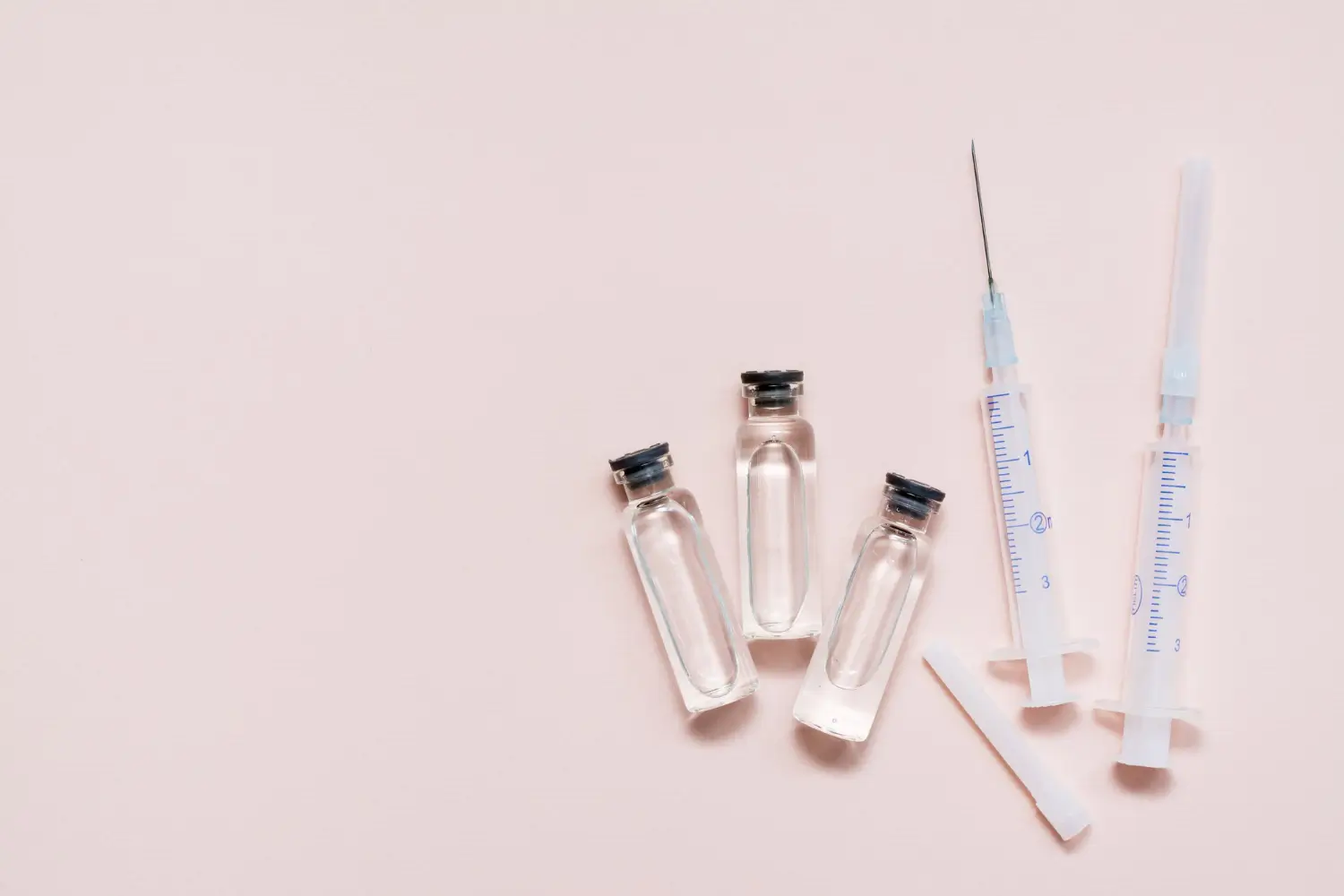
Rejuran, emphasizing regeneration, is known for addressing skin texture irregularities, enlarged pores, and post acne scarring. Its soothing and anti-inflammatory qualities make it suitable for clients with damaged, sensitive, or reactive skin.
Practitioners apply both treatments to several areas, including the face, neck, décolletage, scalp, and hands. The choice between Plinest and Rejuran depends on the patient’s goals: Plinest is ideal for structural renewal and hydration, while Rejuran is more effective for repairing compromised skin integrity.
Plinest vs Rejuran: Treatment Protocols and Patient Experience
Aesthetic success of using Plinest and Rejuran relies on the precision of treatment delivery. Though both Plinest and Rejuran offer minimal-downtime solutions, their application methods and patient experiences differ.
Treatment Protocols
- Clinicians administer Plinest through a series of intradermal injections, usually spaced 2 to 3 weeks apart. Each session targets skin hydration balance, collagen production, and gradual tissue repair.
- Rejuran, often administered via micro-needling or fine-point injection, emphasizes DNA repair, anti-inflammatory effects, and restoration of elasticity. It is particularly beneficial for scarred or barrier-damaged skin.
Patient Experience
Most patients experience mild redness, swelling, or pinpoint bruising of the skin, which resolves within a day or two.
- With Plinest, patients report a gradual brightening and firming of the skin, along with reduced roughness and better tone uniformity.
- Those receiving Rejuran often observe scar softening, pore refinement, and a healthier glow emerging over the weeks.
Efficacy, Duration, and Safety Profiles
Clinical studies support both Plinest and Rejuran treatments, confirming their biocompatibility and effectiveness in eliminating wrinkles and fine lines.
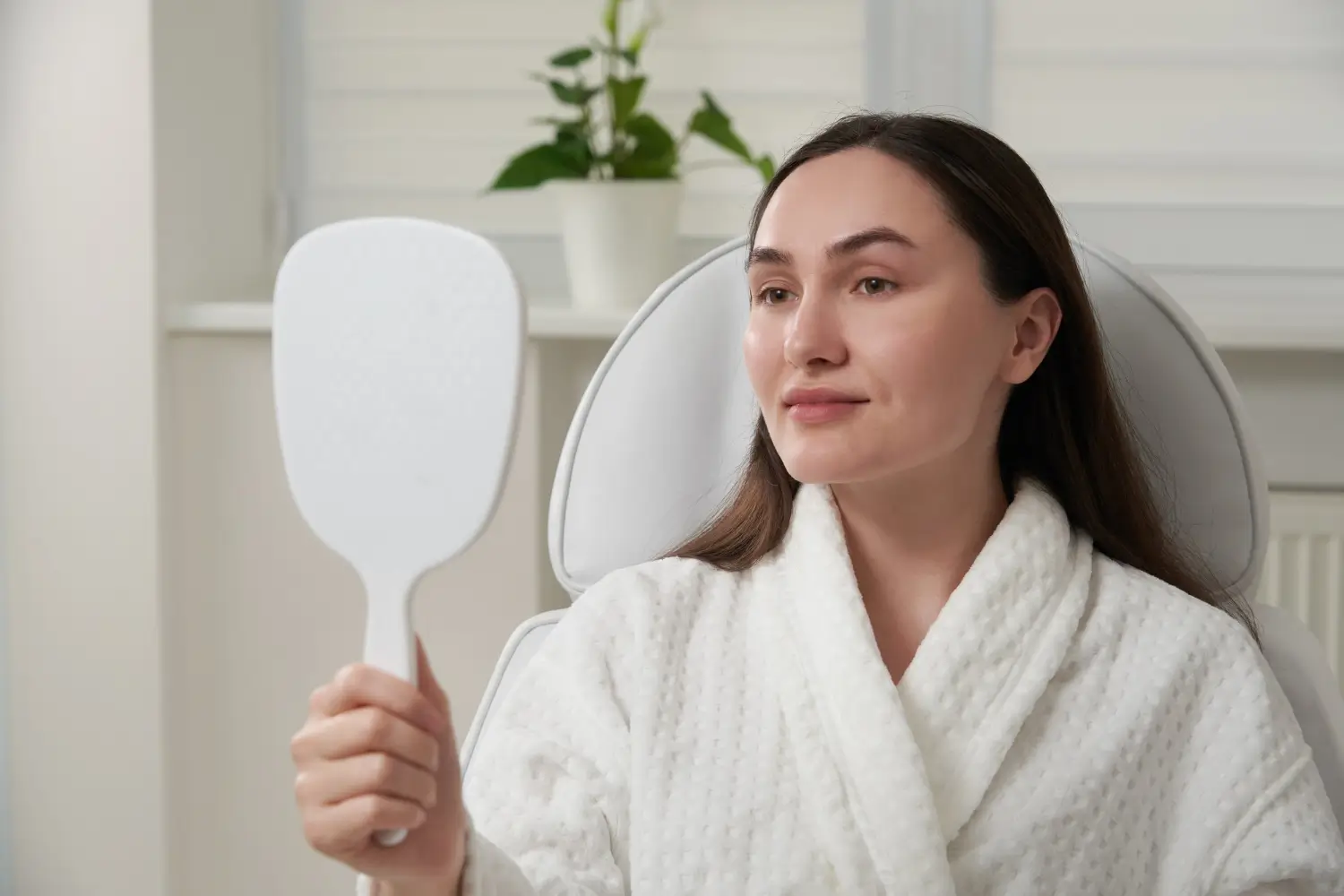
- Plinest typically shows visible improvements in hydration, bounce, and skin texture within 2 to 4 weeks, with results that may last 6 to 12 months. Maintenance every 6–9 months helps preserve optimal outcomes.
- Rejuran results appear more gradually, often starting around week 3 or 4, with a cumulative effect on fine lines, wrinkles, sensitivity, and clarity. The results are subtle but lasting, generally maintained for about 6 months before a follow-up session is needed.
Both Plinest and Rejuran are well-tolerated:
- Mild side effects include skin redness, tenderness, and pinpoint bruising.
- Trained professionals report no long-term complications when they administer either treatment correctly.
- Clinicians must screen patients with autoimmune conditions, active infections, or fish allergies before starting treatment.
Conclusion
When comparing Plinest vs Rejuran, the best choice depends on the patient’s specific skin condition, treatment goals, and sensitivity profile. Plinest treatment excels in hydration, elasticity improvement, and gradual volume restoration—ideal for patients seeking to maintain firmness and glow. Rejuran, on the other hand, provides more profound cellular repair and is best suited for those with scarring, sensitivity, or skin compromised by inflammation.
Both Plinest and Rejuran treatments represent the next generation of biostimulatory injectables, with growing clinical backing and patient satisfaction. A thorough consultation with an aesthetic provider can guide patients toward the most suitable solution for achieving radiant, healthy, and youthful skin.
FAQs
1. What is Plinest made from?
Plinest contains PN-HPT, a highly purified form of polynucleotides derived from trout DNA using high-purity technology.
2. Is Plinest safe for all skin types?
Yes, due to its biocompatible nature, Plinest is generally well-tolerated by all skin types, including sensitive skin.
3. How long does each Plinest session take?
A typical Plinest session takes about 30 to 45 minutes, including consultation and numbing time if needed.
4. Are there any side effects?
Common side effects include mild redness, swelling, or bruising at the injection site. These typically resolve within 24–48 hours.
5. How soon will I see results from Plinest?
Most patients notice improvements within a few weeks, with optimal results after completing the full treatment course.
6. Can Plinest be combined with other treatments?
Yes, clinicians often combine Plinest with microneedling, laser treatments, or dermal fillers to enhance results.
7. How many treatments will I need?
Providers usually administer Plinest in a series of 3 sessions, spaced 2–3 weeks apart, and recommend maintenance sessions every 6–12 months.
References
Farage MA, Miller KW, Elsner P, Maibach HI. Intrinsic and extrinsic factors in skin ageing: a review. Int J Cosmet Sci. 2008;30(2):87-95. doi:10.1111/j.1468-2494.2007.00415.x
Choi SY, Koh YG, Yoo KH, Han HS, Seok J, Kim BJ. A randomized, Participant‐ and Evaluator‐Blinded, Matched‐Pair, prospective study comparing the safety and efficacy between polycaprolactone and polynucleotide fillers in the correction of Crow’s feet. Journal of Cosmetic Dermatology. Published online September 23, 2024. doi:10.1111/jocd.16576
Passeron T, Ortonne JP. Le vieillissement cutané et sa prévention [Skin ageing and its prevention]. Presse Med. 2003;32(31):1474-1482.

